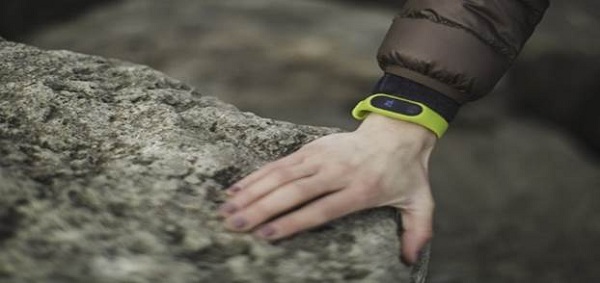Future Market Insights delivers key insights on the global wearable sleep tracker market in its upcoming report titled “Wearable Sleep Trackers Market: Global Industry Analysis 2013 – 2017 and Opportunity Assessment 2018 – 2028”. In terms of revenue, the global wearable sleep tracker market is projected to register a CAGR of 7.6% over the forecast period, owing to various factors, regarding which FMI offers detailed insights and forecasts in this report.
The global wearable sleep tracker market is segmented based on product type, application, distribution channel and regions. Based on product type, the global wearable sleep tracker market is segmented into wearable sleep tracker ring devices, wearable sleep tracker wristband and hand band devices, wearable sleep tracker headband devices and sleep mask tracker devices. The wearable ring devices is expected to be the leading segment in the global wearable sleep tracker market, and is projected to grow at a CAGR of 9.5% over the forecast period.
Based on application type, the global wearable sleep tracker market is segmented into insomnia, sleep apnoea and others. The others segment (including wellness application) in the global wearable sleep tracker market is expected to account a high revenue share and grow at a CAGR of 7.1% over the forecast period. Based on distribution channel, the global wearable sleep tracker market is segmented into pharmacy and retails stores, online sales, hypermarkets and supermarkets and others. The online sales in the global wearable sleep tracker market is expected to be the leading segment, and is expected to grow at a CAGR of 7.9% over the forecast period.
The growth of the global wearable sleep tracker market is primarily driven by increasing incidence of sleep disorders such as insomnia and sleep apnoea globally, availability of different types of wearable sleep trackers and growing awareness regarding sleep-related ailments and importance of a healthy sleep. 
Likewise, the number of new cases of sleep disorders have increased globally owing to the rise in obese and geriatric population and increase in unhealthy habits leading to unhealthy lifestyle. Different types of wearable sleep tracker devices are present in the market with different price ranges and fitness requirements. Besides, awareness regarding healthy sleep is also growing due to several educational programs and availability of information on the internet on conditions such as insomnia and sleep apnoea. Several sleep foundations such as the National Sleep Foundation are consistently spreading awareness regarding sleep disorder symptoms, diagnosis and treatments available.
There is a consistent growth in the healthcare expenditure in developed regions such as North America, Western Europe and Japan owing to increased incidence and prevalence of health-related problems and sleep disorders. Besides, growth in disposable income has contributed to an increase in wellness penetration, which has led to the growth of the market for wearable sleep tracker. Improved wearable sleep tracker technologies and better aesthetics are also expected to drive the growth of the wearable sleep trackers market over the forecast period.
This report assesses the trends that are driving the growth of each segment of the wearable sleep tracker market on the global as well as regional level, and offers potential takeaways that could prove substantially useful to the manufacturers planning to enter the wearable sleep tracker market.
North America accounted a high revenue share in 2017 and is expected to be the dominant regional market for wearable sleep tracker over the forecast period. The U.S. wearable sleep tracker market is expected to hold a large share in North America and is expected to grow at a CAGR of 5.1% over the forecast period. China and Asia Pacific excluding China & Japan wearable sleep tracker markets are anticipate to exhibits with double digit CAGRs over the forecast period.
Examples of some of the key players covered in the report of the wearable sleep tracker market are Fitbit, Inc., Garmin Ltd., Koninklijke Philips N.V., Huami Corporation, Fossil Group, Inc., and Huawei Technologies Co., Ltd., among others. The companies are focusing on developing novel wearable technologies. However, the higher cost associated with certain wearable sleep trackers and lack of standardization of these devices might hinder the growth of the wearable sleep trackers market over the forecast period.
In this report, we have discussed the individual strategies followed by these companies regarding the improvements in their products, creating new manufacturing facilities, market consolidation and advanced R&D initiatives. The report has been concluded with the key takeaways of the players present in the market and the new players planning to enter the market.
For More Information: https://www.futuremarketinsights.com/reports/sample/REP-GB-6007
















